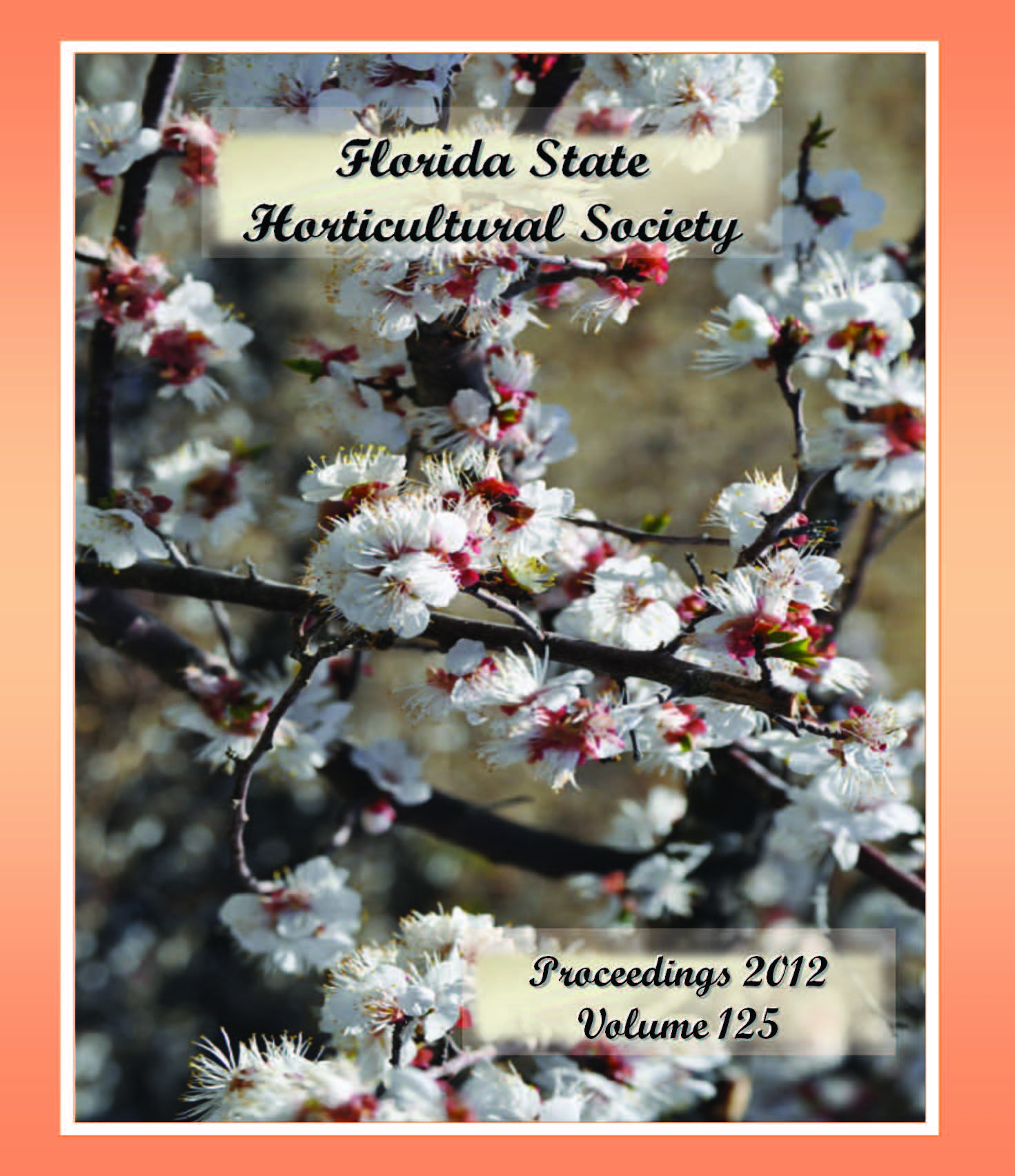Published 2012-12-01
Keywords
- Solanum lycopersicum,
- fertilization,
- crop nutrition,
- sulfate of potash,
- muriate of potash
- salinity ...More
Abstract
The performance of tomato (Solanum lycopersicum) was compared under different preplant potassium (K) rates and sources. Tomato plants were established and grown with seepage (subsurface) irrigation and either sulfate of potash (SOP; 50% K2O) or muriate of potash (MOP; 60% K2O). Preplant K rates were 0, 50, 100, 200, 300, 400, and 500 lb/acre. Elemental sulfur (S) was used to balance S content in SOP. Foliar K concentrations at 4 WAT increased steadily as K rates increased from 0 to 300 lb/acre, regardless of the preplant K source utilized. However, K concentrations in newly-opened mature leaves declined from approximately 3.6% at 300 lb/acre of K to about 2.6% with 500 lb/acre when MOP was used. In contrast, these K concentrations remained unchanged in the same rate range when SOP was applied to the soil. When SOP was used as the preplant K source, the soil EC remained ≤1.5 dS/m, regardless of the K rate. However, the preplant application of MOP steadily increased the soil EC across K rates, reaching a maximum of 3.1 dS/m with 500 lb/acre of K. However, there were no differences in soil EC between the two K sources at rates from 0 to 300 lb/acre of K. There were no differences in extra-large fruit weights when preplant K rates were between 0 and 400 lb/acre, regardless of K sources. However, as preplant K rates increased from 400 to 500 lb/acre using MOP as the K source, fruit yield declined, which could be attributed to the elevated salinity in the soil. The data suggest that, while rate dependent, MOP is a viable source for partially replacing SOP in preplant K fertilizer blends, which can reduce production cost for tomato growers.

